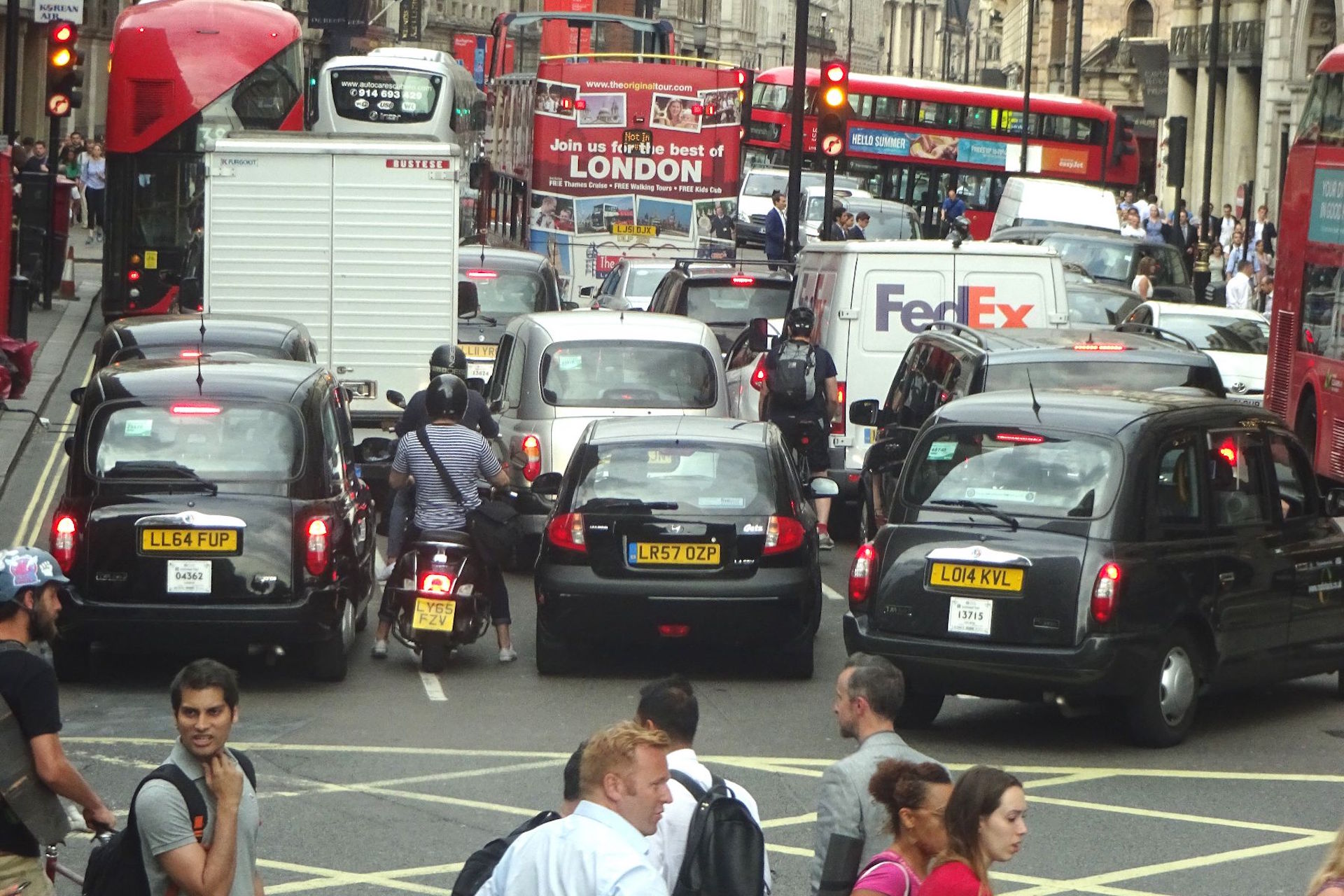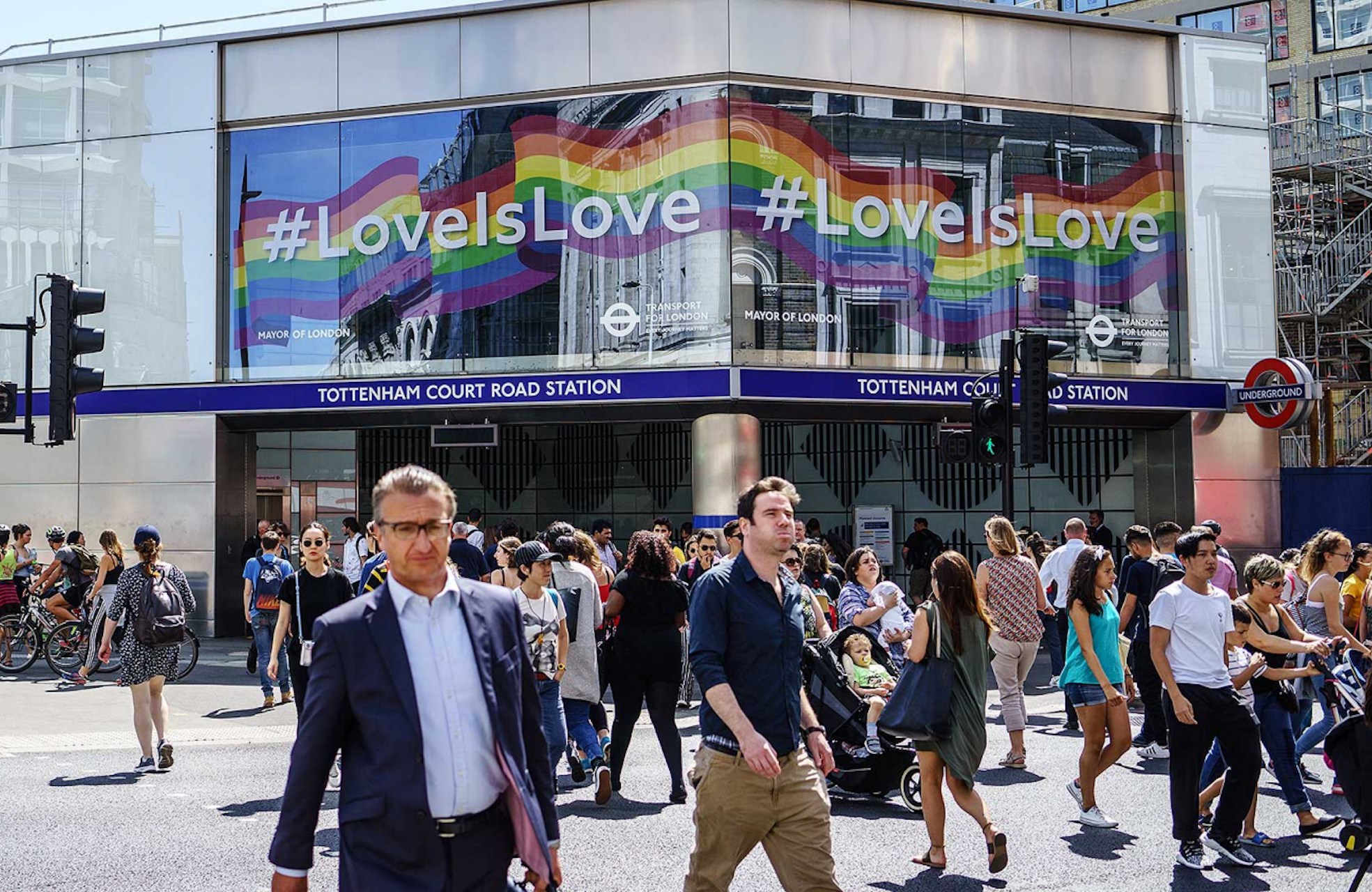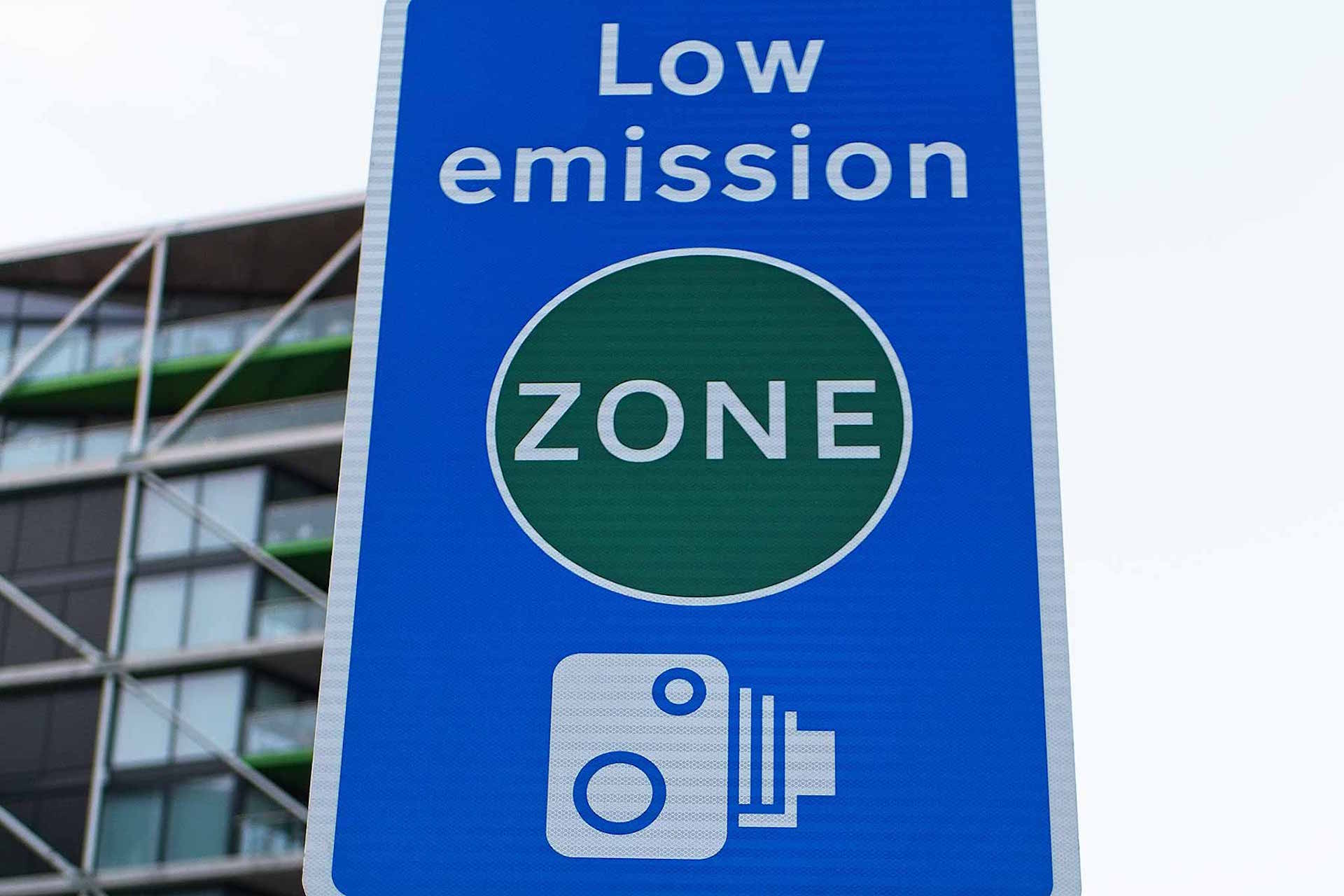 London drivers have been vilified for contributing to air pollution, but a new report suggests a bigger danger is lurking underground.
London drivers have been vilified for contributing to air pollution, but a new report suggests a bigger danger is lurking underground.
Whilst much attention has been paid to airborne particulates emitted by combustion engines, commuters risk being exposed to more of them when using the London Underground. This could see greater importance placed on ensuring the health of those travelling below the streets.
The incredible findings have been published by the Committee on the Medical Effects of Air Pollution (COMEAP) in a new report. Research has found that concentrations of particulate matter were up to 30 times higher on the platform at Hampstead tube station, than standing beside a road in urban London.
What lurks beneath
 Hampstead is notable for being one of the deepest stations on the London Underground network. The number of deep tunnels, along with the overall age of London’s tube system, make it worse for particulate matter.
Hampstead is notable for being one of the deepest stations on the London Underground network. The number of deep tunnels, along with the overall age of London’s tube system, make it worse for particulate matter.
Average commuters spend one hour per day travelling on the London Underground. However, the data found by COMEAP shows that just a single hour on the tube creates the same particulate exposure as an entire day spent above ground.
The only good news for users of public transport comes for those using the bus. Exposure to particulate matter on a 2.5 hour bus journey – estimated to be the same distance as an hour on the tube – would mean only a third of the particulate exposure from going underground.
ULEZ for the London Underground?
 On average, the air breathed in walking around London is likely to contain 18 times less particulate matter that using the London Underground. Such a dramatic difference suggests that focussing so much attention on drivers may be missing a greater health risk.
On average, the air breathed in walking around London is likely to contain 18 times less particulate matter that using the London Underground. Such a dramatic difference suggests that focussing so much attention on drivers may be missing a greater health risk.
A centrepiece in the drive to reduce air pollution in the capital is the planned expansion of London’s Ultra-Low Emission Zone. The changes, planned to take effect from 2021, have been built on the promise to protect the health of Londoners from poor air quality by charging non-compliant cars £12.50 per day.
Despite the attention paid to air quality above ground, COMEAP notes that much more research into the health effects of breathing the air found in the tube network is needed.
The new report also recommends that Transport for London (TfL) invests further in developing new ways of cleaning air in the London Underground. Transport for London has previously cleaned stations and tunnels with “magnetic wands” to try to reduce the volume of particulates.